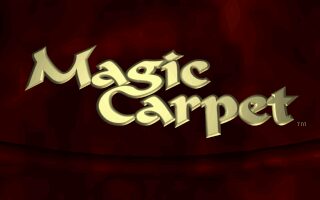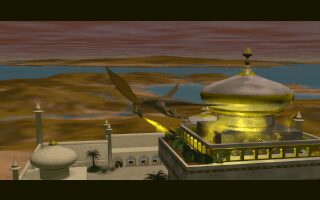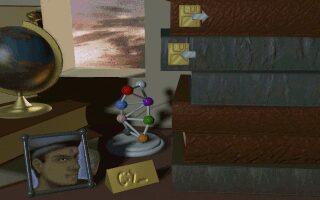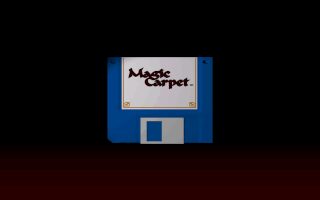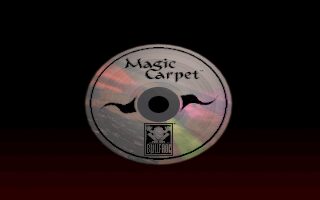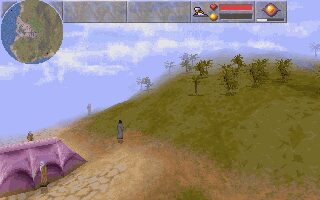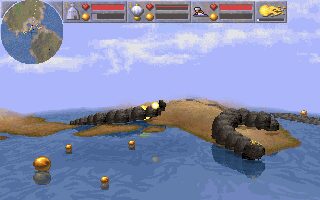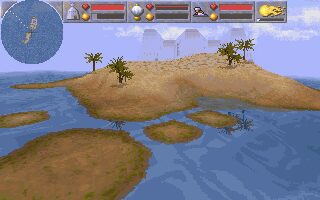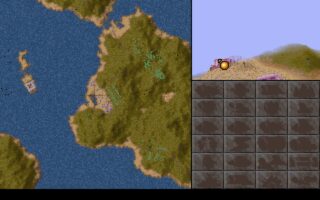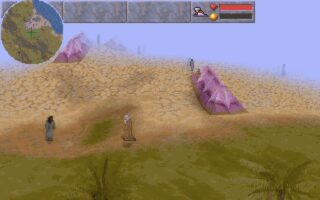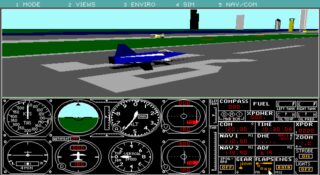Magic Carpet, released in 1994 by Bullfrog Productions, was one of the most original and technologically ambitious games of its time. Designed and produced during Bullfrog's creative peak, the game showcased the studio's drive to explore uncharted territory, following their success with titles like Populous, Syndicate, and Theme Park.
The player controls a wizard flying on a magic carpet, navigating fully 3D landscapes that deform in real time—an impressive technical feat for the era. The goal is to collect mana by defeating monsters and rival wizards, then returning it to your balloon-like castle to expand your domain. The carpet-based movement felt fluid and intuitive, and the ability to reshape the terrain with spells added a level of dynamism that was unprecedented in 1994.
Magic Carpet blended elements of first-person shooters, real-time strategy, and god games into a seamless experience. You weren’t just fighting enemies; you were managing mana, expanding your base, casting powerful area spells, and watching as the terrain shifted under your influence. The freedom to explore and attack from any direction was thrilling, and the game's real-time world was filled with small details—like townspeople fleeing or retaliating—that made it feel alive.
Graphically, the game pushed PCs to their limits. It required a powerful 486 or Pentium to run smoothly, and even then it could be demanding. Still, for those with the hardware, the visuals were mesmerizing: rippling water, volcanic eruptions, and dynamic shadows created a fantasy world like no other. The soundtrack and sound effects added to the sense of immersion, with eerie ambient noises and explosive spell sounds matching the chaotic energy of each level.
Critics at the time praised Magic Carpet for its originality and impressive 3D engine, though some noted the repetitiveness of its core loop. The lack of a deep story or progression system made long play sessions feel a bit hollow, but the game was undeniably ahead of its time. Its legacy can be seen in later sandbox and physics-driven games, though few ever attempted something quite as unique again. The game was followed by Magic Carpet 2: The Netherworlds in 1995.
Magic Carpet remains a fascinating relic from a period when developers dared to experiment with genre and technology. It's a bold example of 90s PC game design: ambitious, experimental, and uncompromising in its vision.

